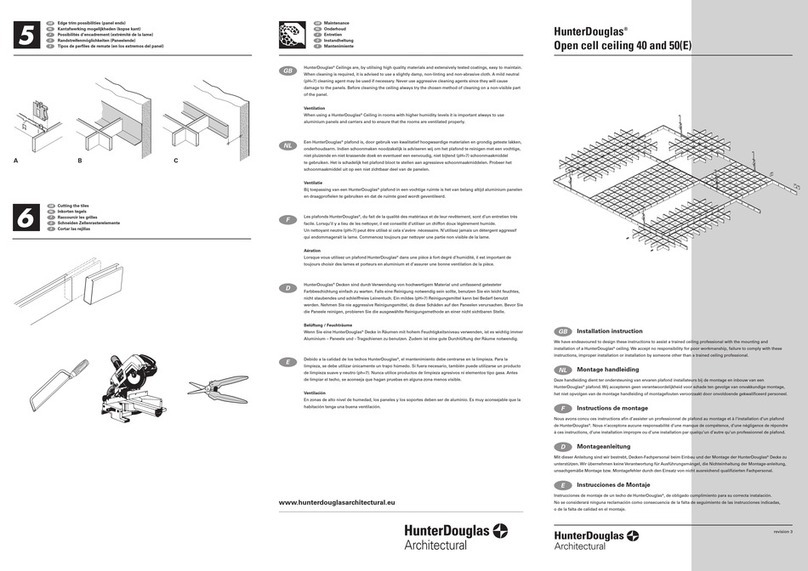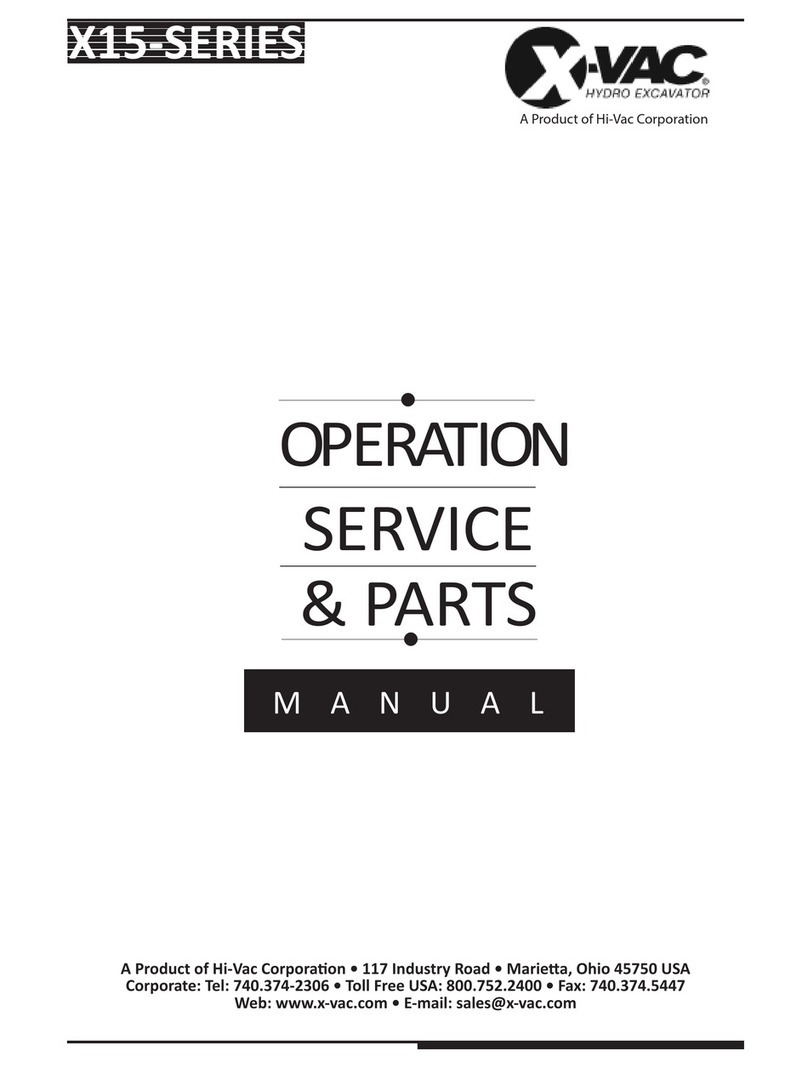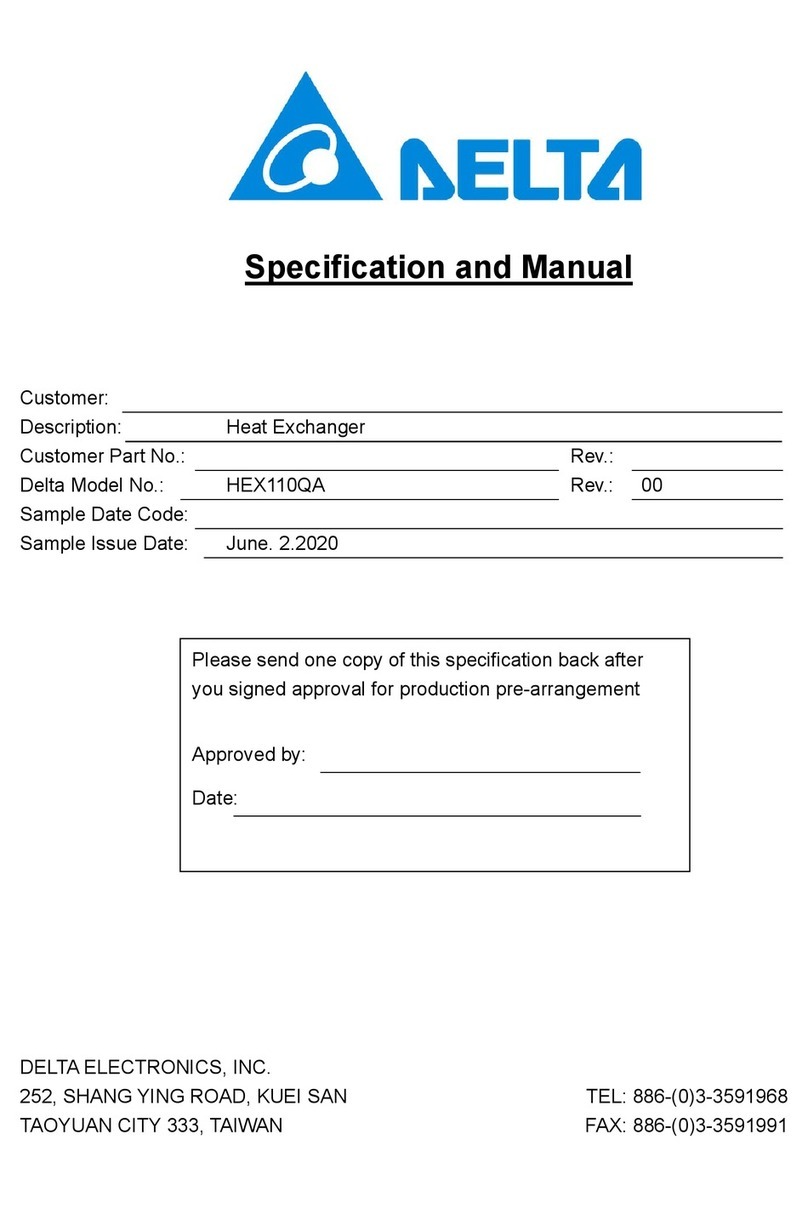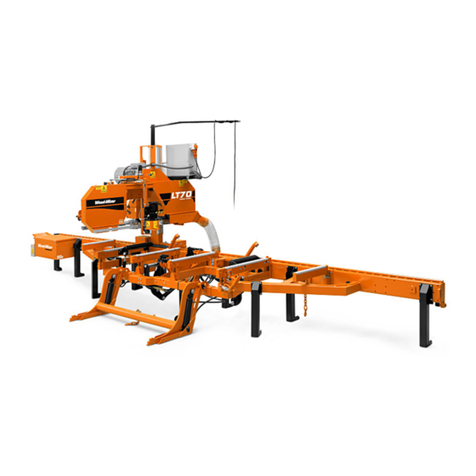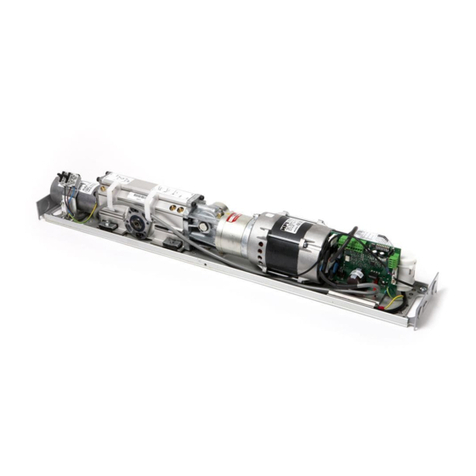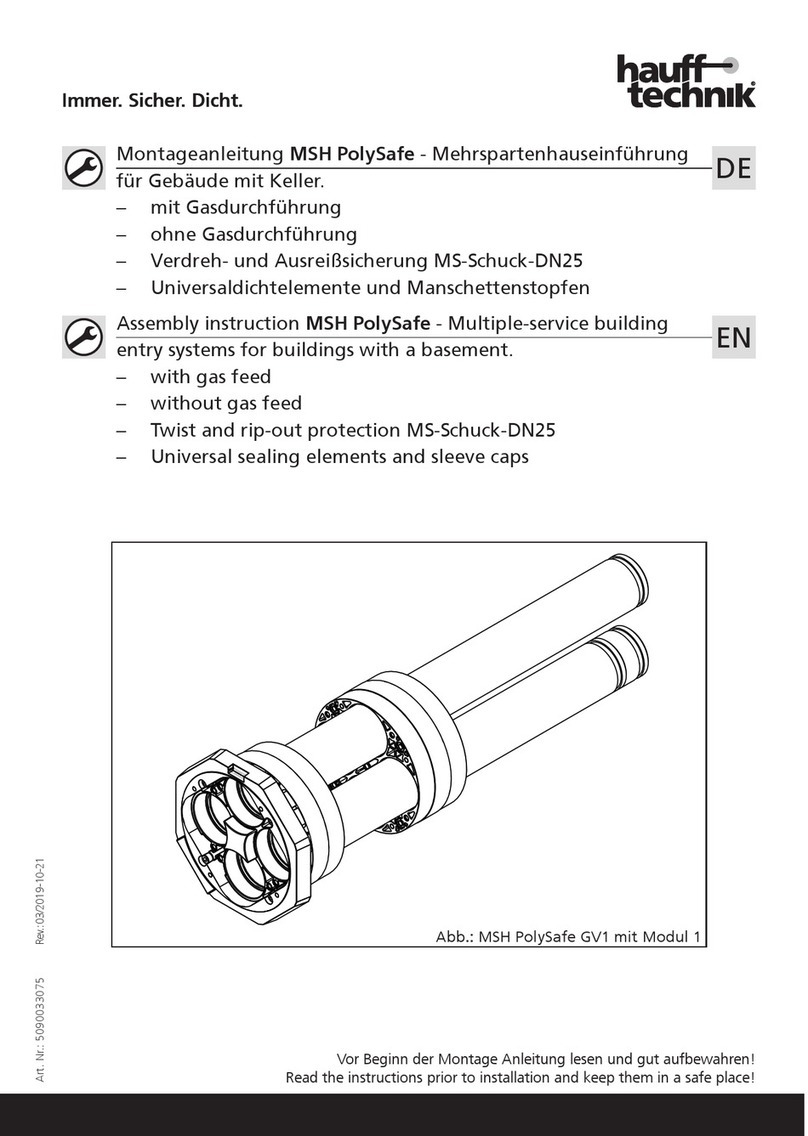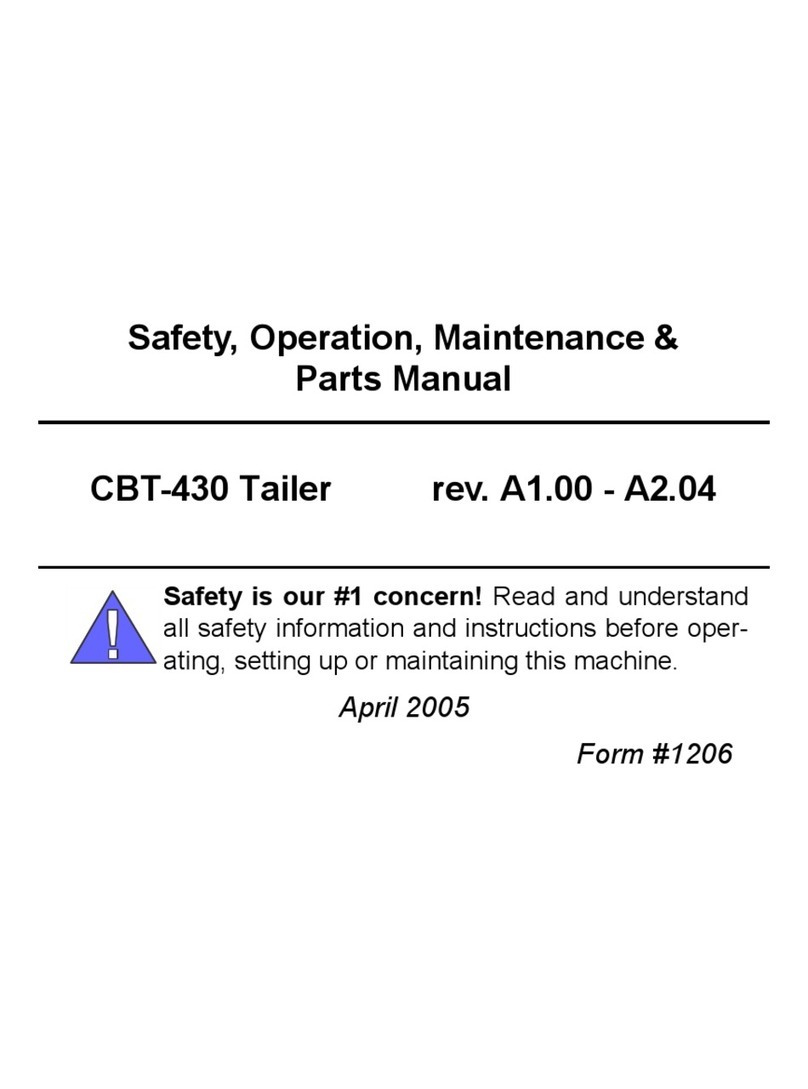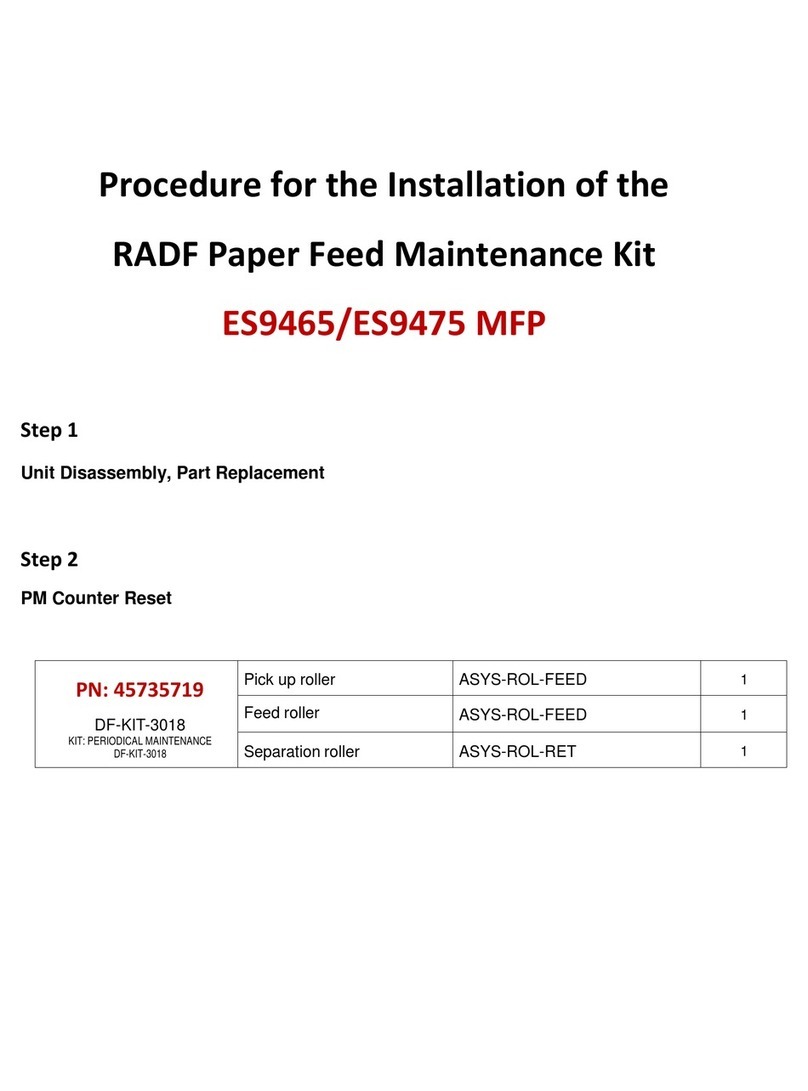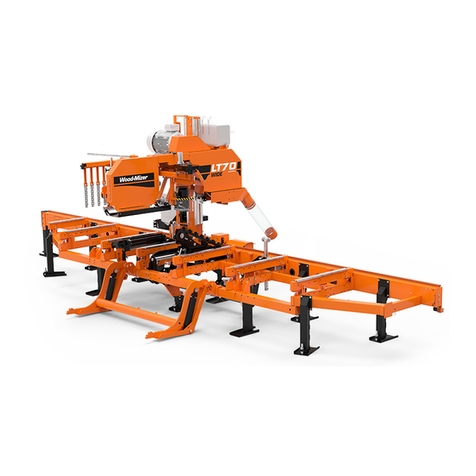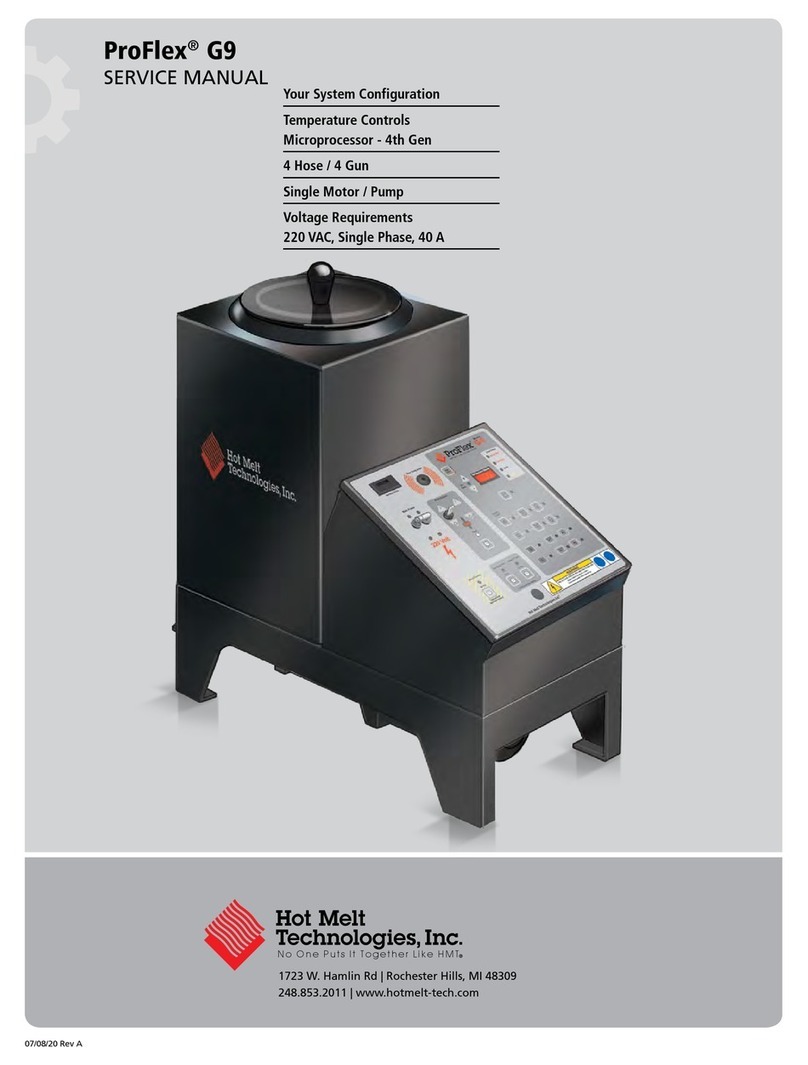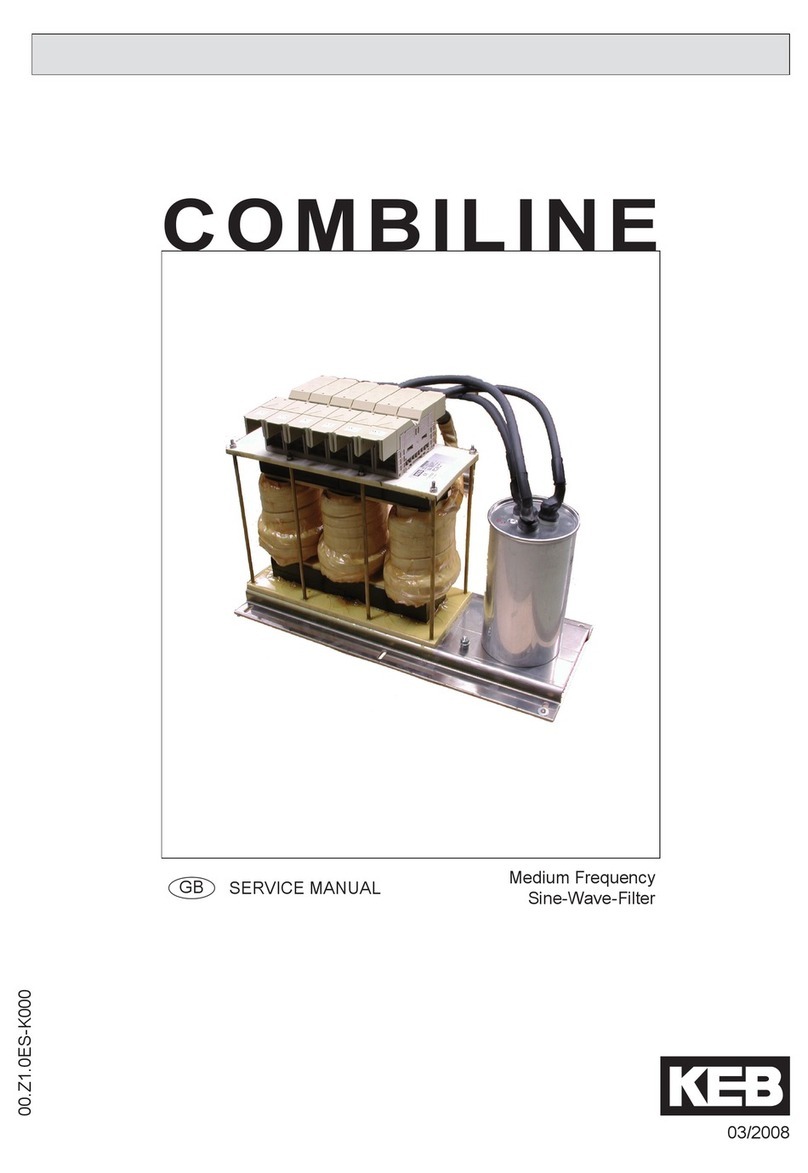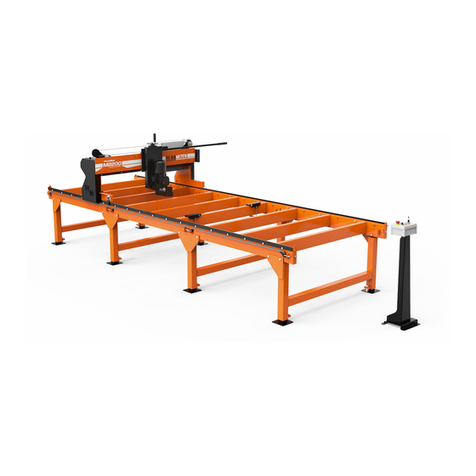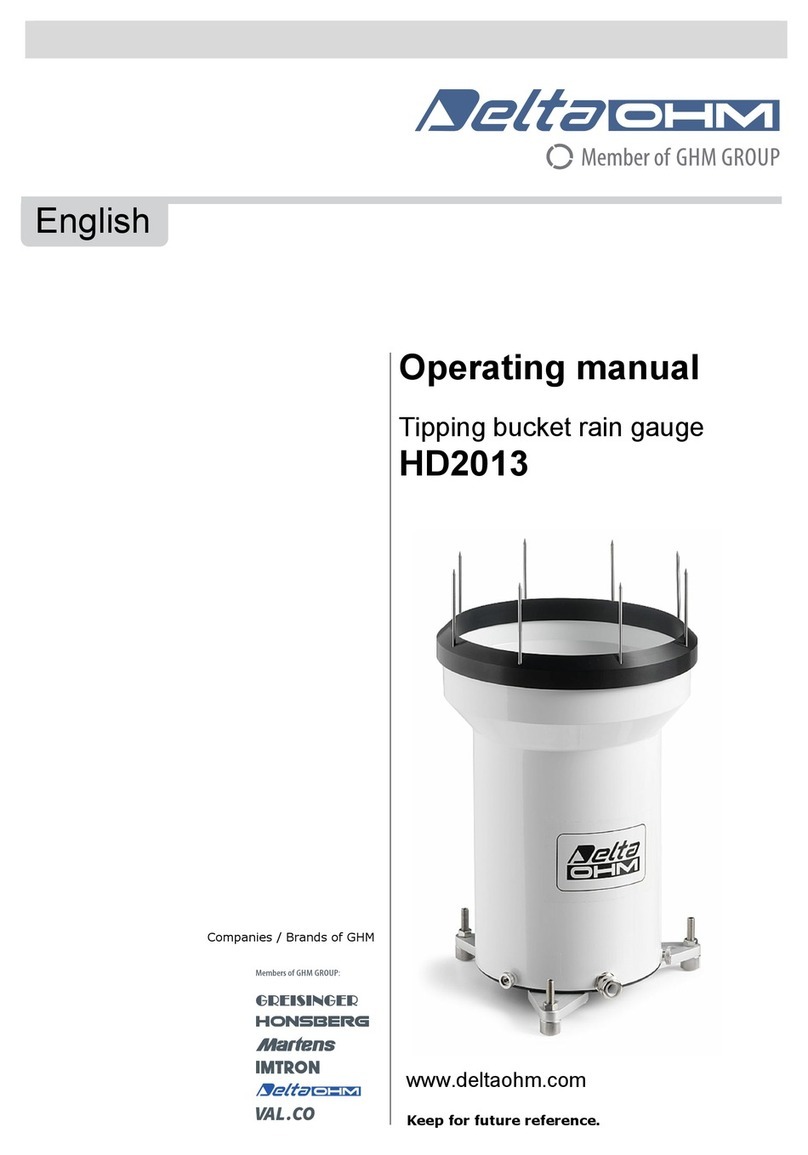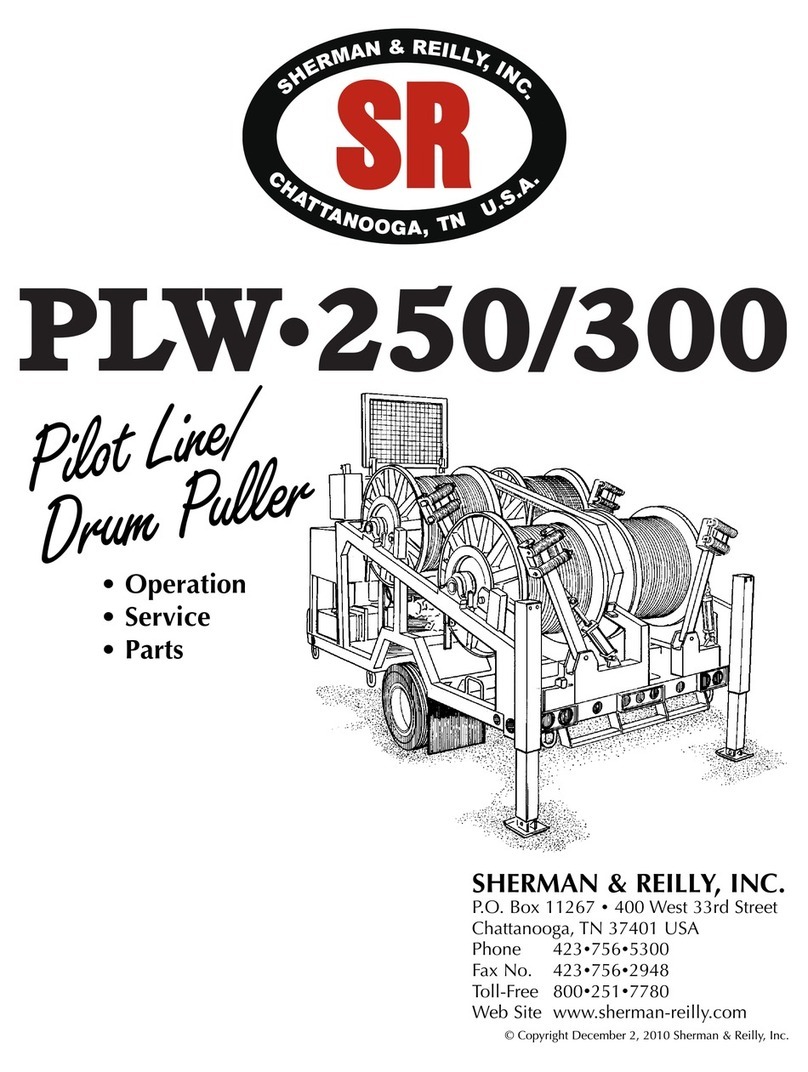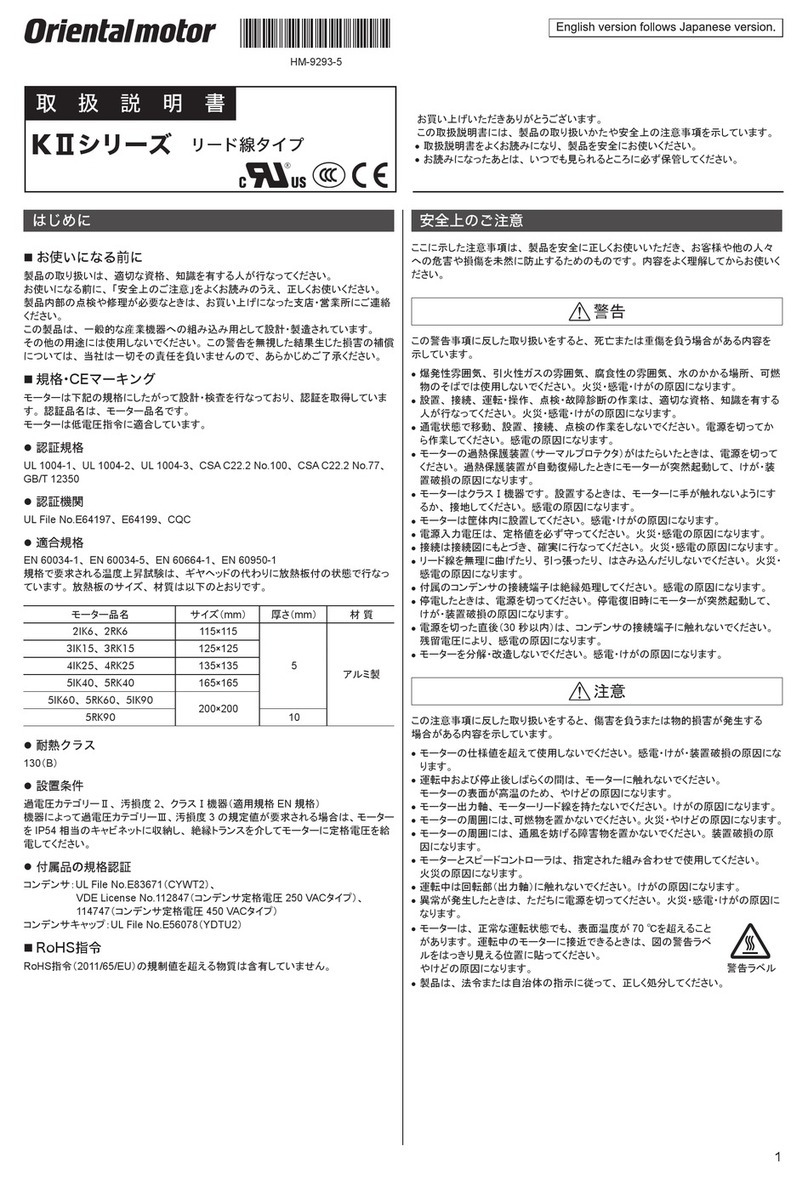
Be careful of the path of the light beam or reflection from a mirrored surface. Take care during installation of
the instrument that the path of the light beam is not at the same height as the human eye during operation. Do
not allow water, oil, dust or other foreign substances to stick to the 2D code reader aperture window. This may
cause reading errors. Be sure to stop the laser emission before cleaning the scanner. Otherwise, exposure to the
light may cause eye injury. Use a soft, dry cloth to wipe any substances from the scanner. Do not use alcohol or
other cleaning substances.
Do not disassemble, modify, or remove the installed laser or LED radiation sources. The laser or
LED radiation sources do not automatically stop emitting when disassembled. Radiation of
disassembled units may lead to eye injuries.
Chemical and biological hazards
Depending on the biological material used, contamination or infection may lead to severe personal injury or
death. All clinical samples must be considered potentially infectious. If biohazardous material is or has
been used, the operator must choose and wear personal safety equipment as indicated in the
warnings and precautions for the particular substance. The above safety precaution also accounts for any
hazardous chemical, including toxic or corrosive chemicals, acidic, or radioactive substances, that may be
present in the sample. Wear protective gloves and clothing, as well as safety glasses to prevent contact of the
substance with skin and eyes. Also protect mouth and nose as aerosols might leak from the system. Defective or
inadequate safety equipment is hazardous. The instrument must be operated in a safety hood if hazardous or
unknown materials are being processed. If hazardous material has been used or spilled, care must be taken to
thoroughly decontaminate the instrument. It is strictly prohibited to continue to handle contaminated
accessories or parts of the instrument. Operate the instrument only with a properly installed waste bag holder.
Columns, plates, tubes and any other consumables that were in contact with biohazardous material must be
decontaminated before disposal. Liquid waste must be autoclaved or decontaminated using a disinfectant that
is appropriate for the specific pathogen, e.g., 10% bleach, isopropyl alcohol, or 70% ethanol. All liquid and solid
waste must be considered biohazardous and, therefore, must be handled taking universal laboratory
precautions. Waste disposal must be in accordance with any local regulations.
If using disposable tips, do not operate the instrument without the waste bag holder in place. If using reusable
steel tips, the waste container may contain potentially infectious material. Label the container properly and
dispose of the liquid waste in accordance with your local regulations.
Servicing, transport, and disposal
Unless otherwise specifically noted in this user manual or other Miltenyi Biotec documentation, do not
service the instrument yourself. Servicing and repair must be performed by qualified service personnel.
Improper or incorrect servicing or repair of the instrument can cause hazards to users, lead to unpredictable
results, cause instrument malfunctions or damage, as well as premature wear and tear and reduced life of the
instrument. It may also void your warranty.
When replacement or spare parts are required, ensure that the service provider uses only genuine Miltenyi
Biotec parts, or third-party parts specified and recommended by Miltenyi Biotec. Using unauthorized parts can
cause malfunctions of the instrument and impair results. Miltenyi Biotec does not honor any warranty or accept
any responsibility for instrument failure or damages resulting from the use of inappropriate parts. After
completing any service or repair work, ensure that your authorized Miltenyi Biotec service provider performs all
safety checks as required by the repair procedure to ensure that the instrument is operating correctly.
13
IMPORTANT SAFETY INFORMATION
EN
DEESFR




















